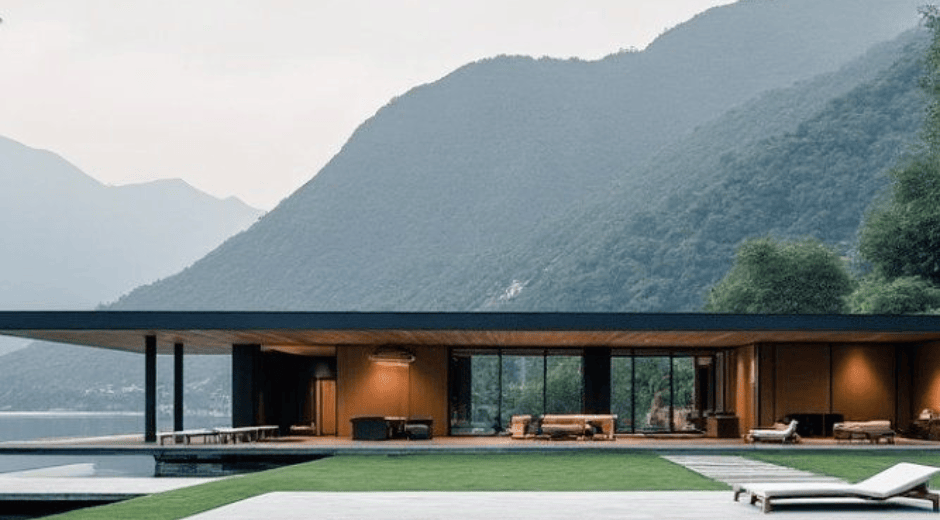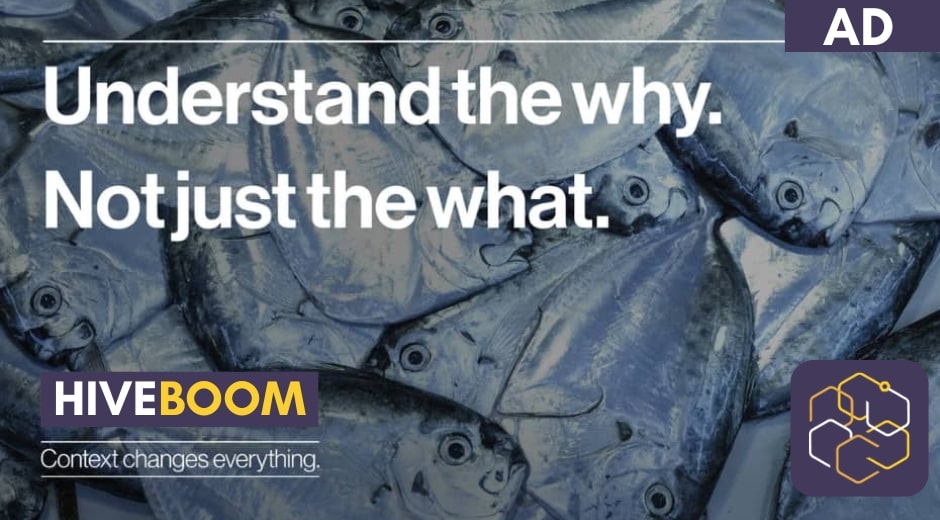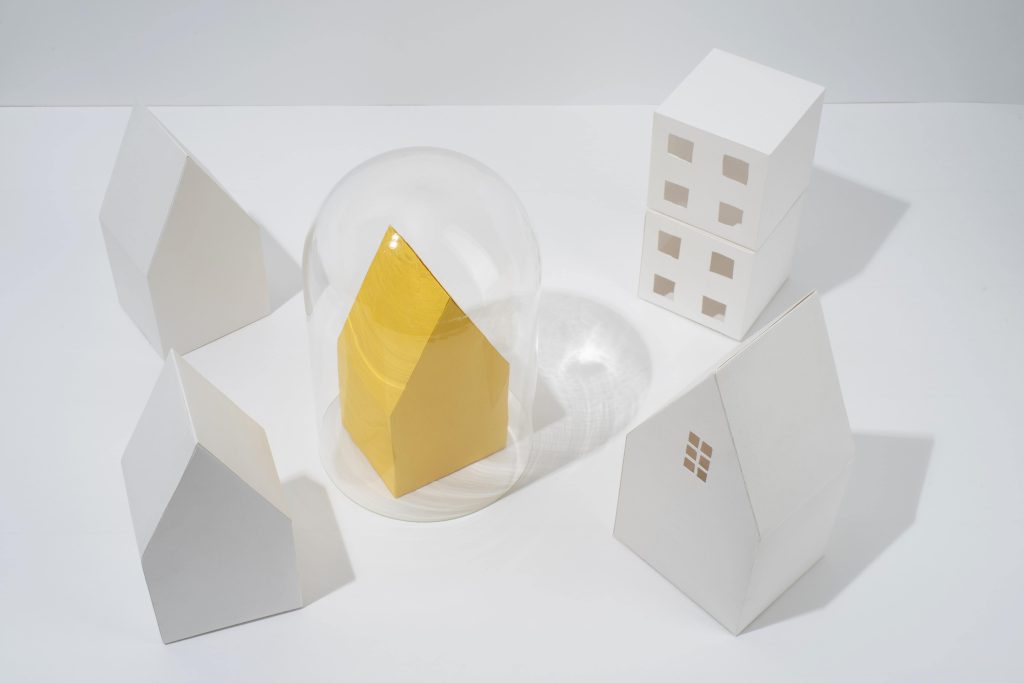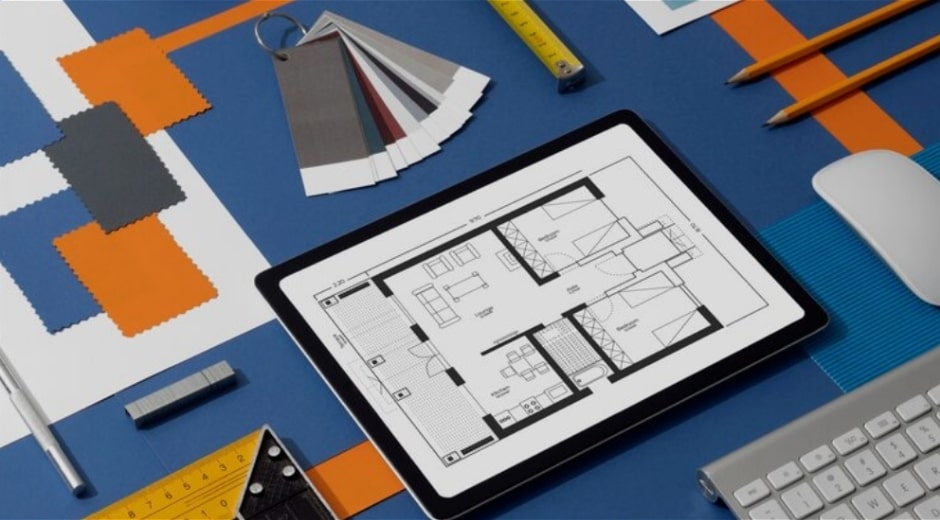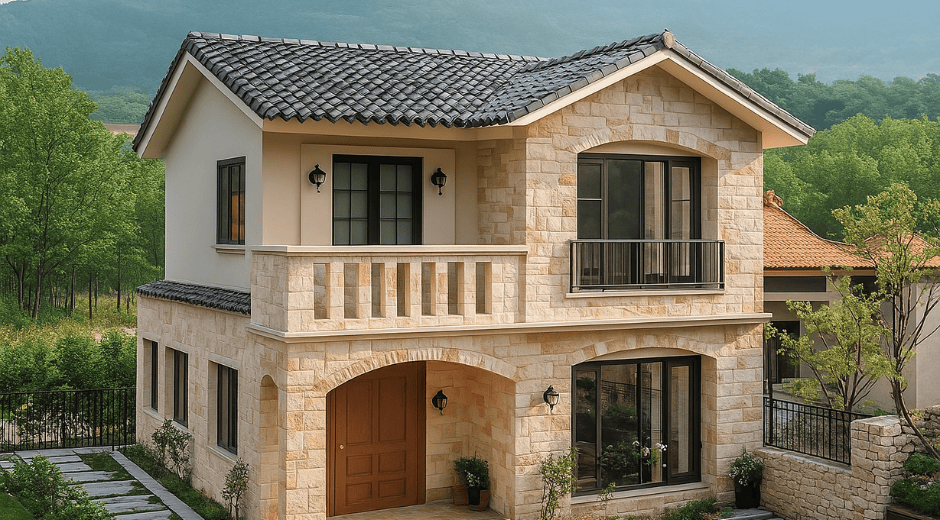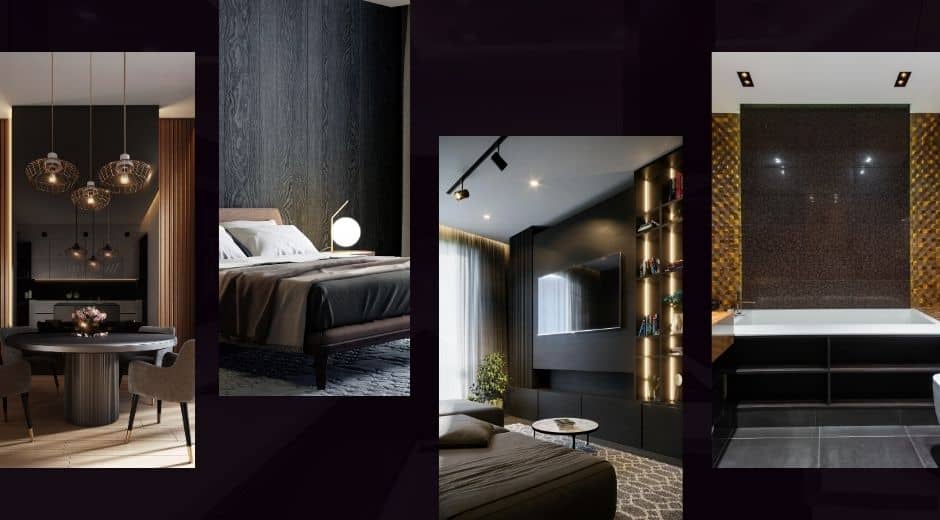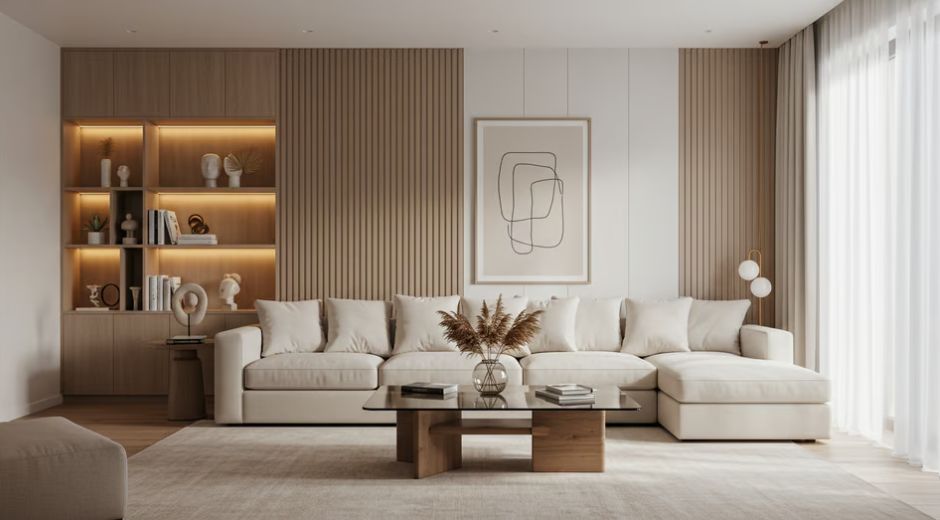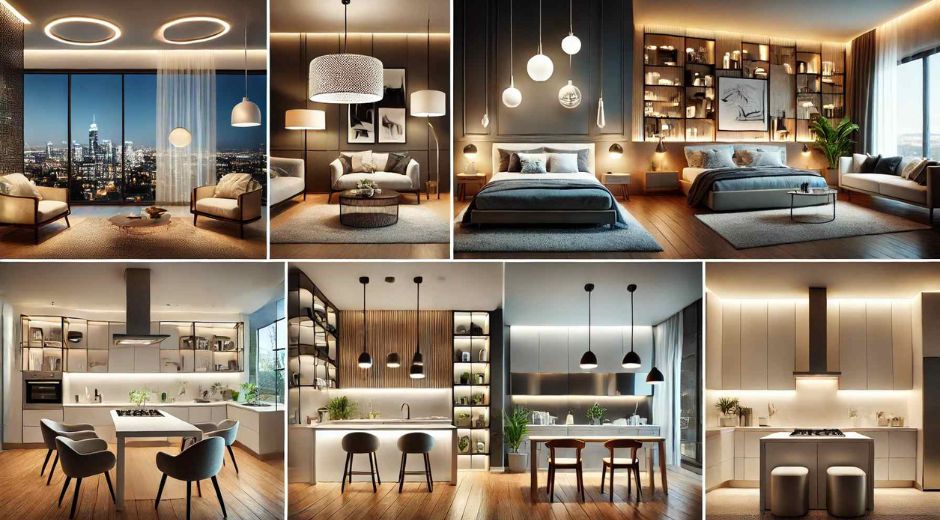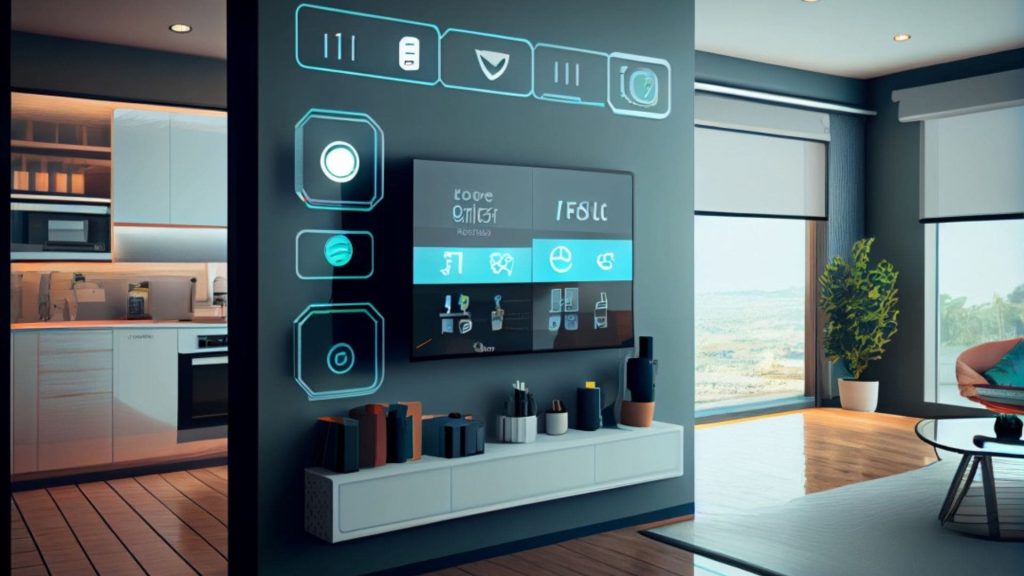5 Innovative Futuristic Homes with Green Electricity & Sustainability
In the age of climate awareness and rapid technological development, home design is evolving to meet the challenges of the future. Architects and homeowners alike are now turning toward futuristic ideas that combine sustainability, smart technology, and green electricity. These homes are not only efficient and eco-friendly — they’re redefining how we live.
Here are five innovative futuristic homes leading the way in sustainable design and clean energy.
1. Solar-Powered Smart Homes
Solar-powered smart homes are a leading example of how green energy is integrated into everyday living. These homes use photovoltaic panels to generate clean electricity, often paired with battery storage systems to maintain a steady power supply even after sunset.
What makes them futuristic is the smart technology that controls everything from lighting and climate to security. Systems automatically adjust to energy usage patterns, reducing waste and maximizing efficiency. Homeowners can manage their entire energy ecosystem through mobile apps or voice assistants.
Solar-powered homes reduce reliance on fossil fuels and provide long-term savings, all while lowering environmental impact — a key factor in any futuristic living space.
2. Vertical Garden Residences
Urban living often means limited space and less greenery. That’s why vertical garden homes are becoming increasingly popular. By integrating living walls, rooftop gardens, and hydroponic systems into architecture, these homes bring nature into the heart of the city.
The green walls don’t just look stunning — they naturally insulate the building, improve air quality, and reduce heat absorption. These designs often incorporate solar panels and wind turbines to supply clean, green electricity.
Their self-sustaining ecosystems and seamless blend of nature and technology reflect a deeply futuristic approach to home design, offering a glimpse into eco-conscious urban living.
3. Zero-Energy Homes
A zero-energy home produces as much energy as it consumes annually. With airtight insulation, energy-efficient appliances, and smart climate control, these homes drastically cut utility costs and emissions.
The backbone of these homes is green electricity — usually solar, wind, or geothermal energy. Excess power is stored or sent back to the grid, creating a balanced and efficient system.
These homes are among the most practical examples of futuristic living because they challenge the traditional idea of energy dependency. Instead of pulling power from external sources, they function independently — or even positively — within the energy ecosystem.
4. Eco-Friendly Tiny Homes
Tiny homes may be small, but they’re making a big impact on the future of sustainable living. Built with recycled materials and optimized layouts, these homes prioritize functionality, minimalism, and energy efficiency.
Modern futuristic tiny homes often come with rooftop solar panels, composting toilets, and graywater recycling systems. Despite their size, they provide all the essentials of modern living, with much lower resource consumption.
Their low environmental footprint, affordability, and adaptability make them a practical model for sustainable housing — especially for mobile lifestyles and remote areas.
5. 3D-Printed Smart Homes
3D printing is transforming construction by making it faster, cheaper, and more sustainable. Homes can now be printed using recycled materials or low-carbon concrete substitutes, dramatically reducing construction waste.
These futuristic homes can be customized for energy performance — including solar panel integration, natural lighting, and passive heating and cooling. Some 3D-printed homes are even being developed to be entirely off-grid, using only renewable power sources.
Beyond their design, the speed at which they can be built (in some cases, just 24–48 hours) makes them a powerful solution to global housing shortages and disaster recovery efforts.
What Makes a Home Truly Futuristic?
The term “futuristic” doesn’t just mean modern gadgets or sleek design. It’s about how a home interacts with its environment, how it uses energy, and how it adapts to changing needs. A truly futuristic home is:
- Sustainable: Built with eco-friendly or recycled materials
- Smart: Uses AI or automation for efficiency
- Self-sufficient: Generates and stores its own clean energy
- Adaptable: Designed for changing climates and lifestyles
Whether it’s through solar panels, intelligent design, or advanced materials, the homes of the future are focused on sustainability — and that future is already here.
Conclusion: Designing for a Greener Tomorrow
These five innovative homes demonstrate that the future of residential living is not only possible — it’s already underway. By embracing green electricity, efficient building practices, and smart technology, futuristic homes are setting new standards for comfort, responsibility, and innovation.
As technology continues to advance, we’ll see even more exciting changes in how homes are built and powered. From zero-energy models to 3D-printed solutions, futuristic design is leading us toward a greener, smarter, and more sustainable world.
Explore more at:
gamingnewshead.com
bodywellnessgroup.com
beautyupnest.com
Design Made Simple
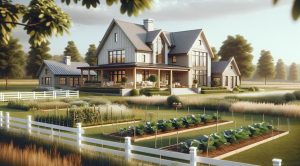
Modern Farmhouse Charm For Cozy Yet Refined Interiors
Modern Farmhouse Charm For Cozy Yet Refined Interiors

Small Space Styling Tricks For Smarter City Living
Small Space Styling Tricks For Smarter City Living
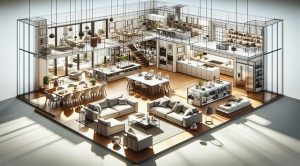
Open Plan Living Ideas To Maximize Light And Space
Open Plan Living Ideas To Maximize Light And Space

Staging Basics For Sellers Who Want Faster Offers And Better Prices
Staging Basics For Sellers Who Want Faster Offers And Better Prices
